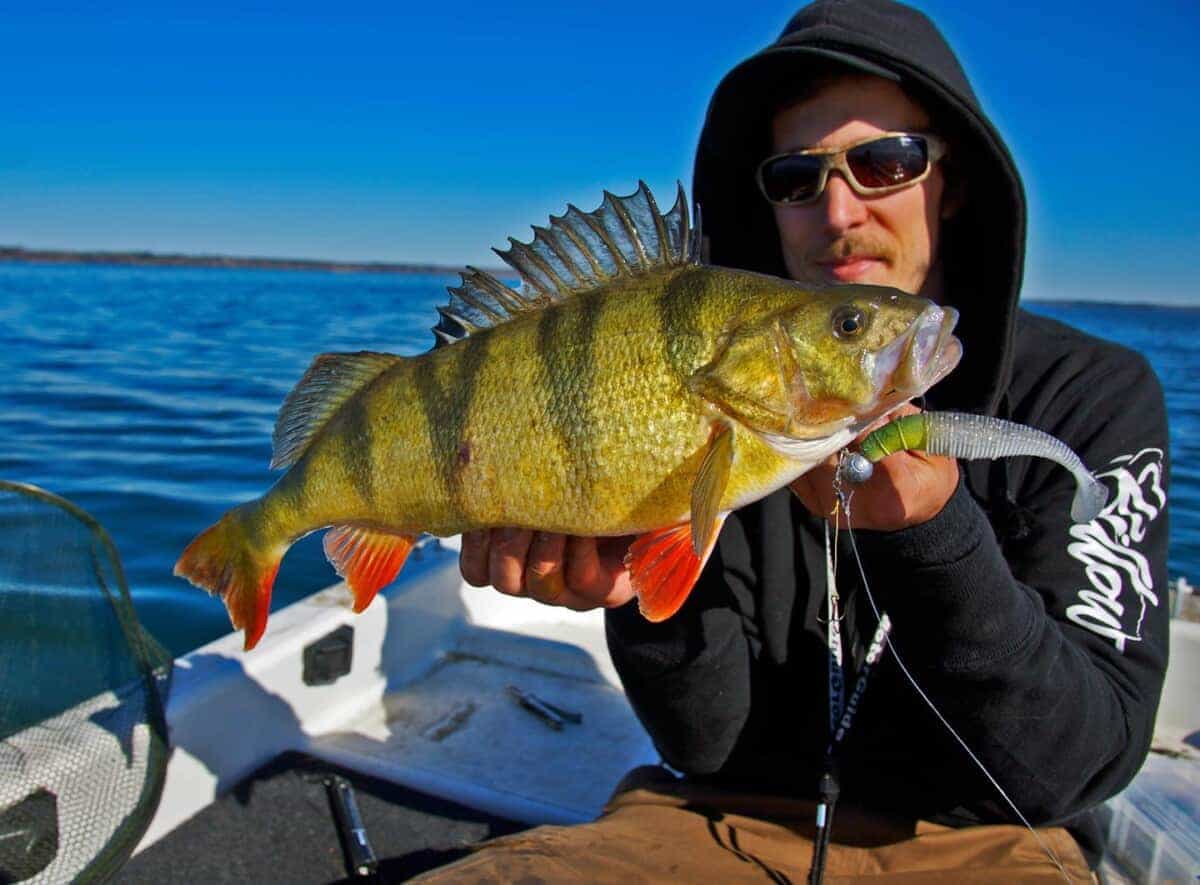Perch Definition and Etymology

Perch meaning –
The term “perch” in English primarily refers to a small to medium-sized freshwater fish belonging to the family Percidae. These fish are typically characterized by their spiny dorsal fins, divided anal fins, and the presence of lateral lines. Perches are widely distributed across various freshwater habitats, including lakes, rivers, and streams, and are known for their predatory behavior.
The perch, a sprightly fish known for its vertical stripes, embodies the essence of resilience. Like the elusive “floater fish” found in deep waters , the perch defies expectations. It thrives in both calm and turbulent environments, its unwavering spirit mirrored in its ability to perch atop lily pads, a symbol of its adaptability and determination.
Etymology
The word “perch” has its origins in Old English, where it was known as “perce” or “perce.” These terms are believed to have been derived from the Proto-Germanic word “*perkjo-,” which likely meant “a small, sharp object.” This etymology suggests that the name “perch” may have initially referred to the sharp spines found on the dorsal fins of these fish.
Types of Perch

Perch, a versatile group of fish species, encompasses a diverse range of types with distinct characteristics and habitats. From the freshwater streams to the vast oceans, each perch species exhibits unique adaptations and behaviors.
-
Yellow Perch
-
White Perch
-
European Perch, Perch meaning
-
Ocean Perch
– Known for its vibrant golden-yellow body and vertical black bands, the Yellow Perch is a common inhabitant of lakes, ponds, and rivers.
– These fish are typically small to medium in size, with a maximum length of around 12 inches.
– They prefer shallow, weedy areas with plenty of cover and feed on insects, small fish, and crustaceans.
– Characterized by its silvery-white body and dark vertical bands, the White Perch is found in coastal waters, estuaries, and rivers.
– Slightly larger than Yellow Perch, they can reach lengths of up to 18 inches.
– White Perch are schooling fish that inhabit both shallow and deep waters, preying on small fish, shrimp, and worms.
– Also known as the Redfin Perch, the European Perch is a widespread species found in freshwater lakes, rivers, and ponds across Europe and Asia.
– They have a distinctive red or orange coloration on their fins and a dark green or brown body with irregular black spots.
– European Perch are known for their aggressive behavior and feed on a variety of prey, including insects, small fish, and frogs.
– Ocean Perch, also known as Redfish, are deep-sea fish found in the North Atlantic and Pacific Oceans.
– These fish have a reddish-orange body and large eyes adapted for low-light conditions.
– They live in schools near the ocean floor and feed on small fish, crustaceans, and worms.
Perch in Ecology and Human Culture: Perch Meaning
Perch, as a species, plays a crucial role in maintaining the ecological balance of aquatic ecosystems. They are voracious predators, feeding on smaller fish, insects, and zooplankton. This predation helps regulate the populations of these prey species, preventing overpopulation and ensuring the overall health of the ecosystem. Additionally, perch are an important food source for larger predators, such as pike, bass, and birds of prey. Their presence in an ecosystem indicates a healthy and diverse aquatic environment.
Cultural and Historical Uses of Perch
Perch have been a valuable resource for humans throughout history. They are a popular target for recreational fishing due to their abundance and willingness to take bait. In many cultures, perch is considered a delicacy and is often featured in traditional dishes. For example, in Scandinavian countries, pickled perch is a popular appetizer, while in Central Europe, fried perch is a common main course.
Beyond culinary uses, perch have also held symbolic significance in various cultures. In ancient Greece, perch was associated with the goddess Aphrodite, representing beauty and fertility. In some Native American traditions, perch is seen as a symbol of wisdom and guidance. The fish’s ability to navigate through complex aquatic environments has led to its association with adaptability and resilience.
In the realm of fish, the perch holds its place as a nimble and spirited creature. Yet, there exists a different kind of perch, one found not in the watery depths but on the basketball court. Pike basketball , a variation of the classic game, brings a unique twist to the court.
Players soar high, reaching for the sky like perch leaping from the waves. As the game unfolds, the thrill of victory and the agony of defeat echo through the arena, just as the perch’s heart races with every flick of its tail.
Perch, the fish of our shallow waters, is a resilient creature, much like the sole fish that inhabits the ocean’s depths. Both possess a tenacity that allows them to thrive in their respective environments, symbolizing the strength and diversity of the aquatic world.
And just as the perch holds a special place in our coastal ecosystems, so too does the sole fish play a vital role in maintaining the balance of the ocean’s depths.
Perch, the sprightly fish with a knack for perching, finds a kindred spirit in the skate fish , a graceful glider of the deep. While perch dart and hover with precision, skates glide effortlessly, their wide wings propelling them through the watery expanse.
Yet, both share a common thread—the ability to adapt and thrive in their aquatic realms, each with its unique charm and purpose.
Like a perch, the basketball floater floats gently through the air, defying gravity with its delicate touch. This elusive move in basketball, a testament to finesse and agility, resembles the graceful perch that surveys its watery realm from above.
